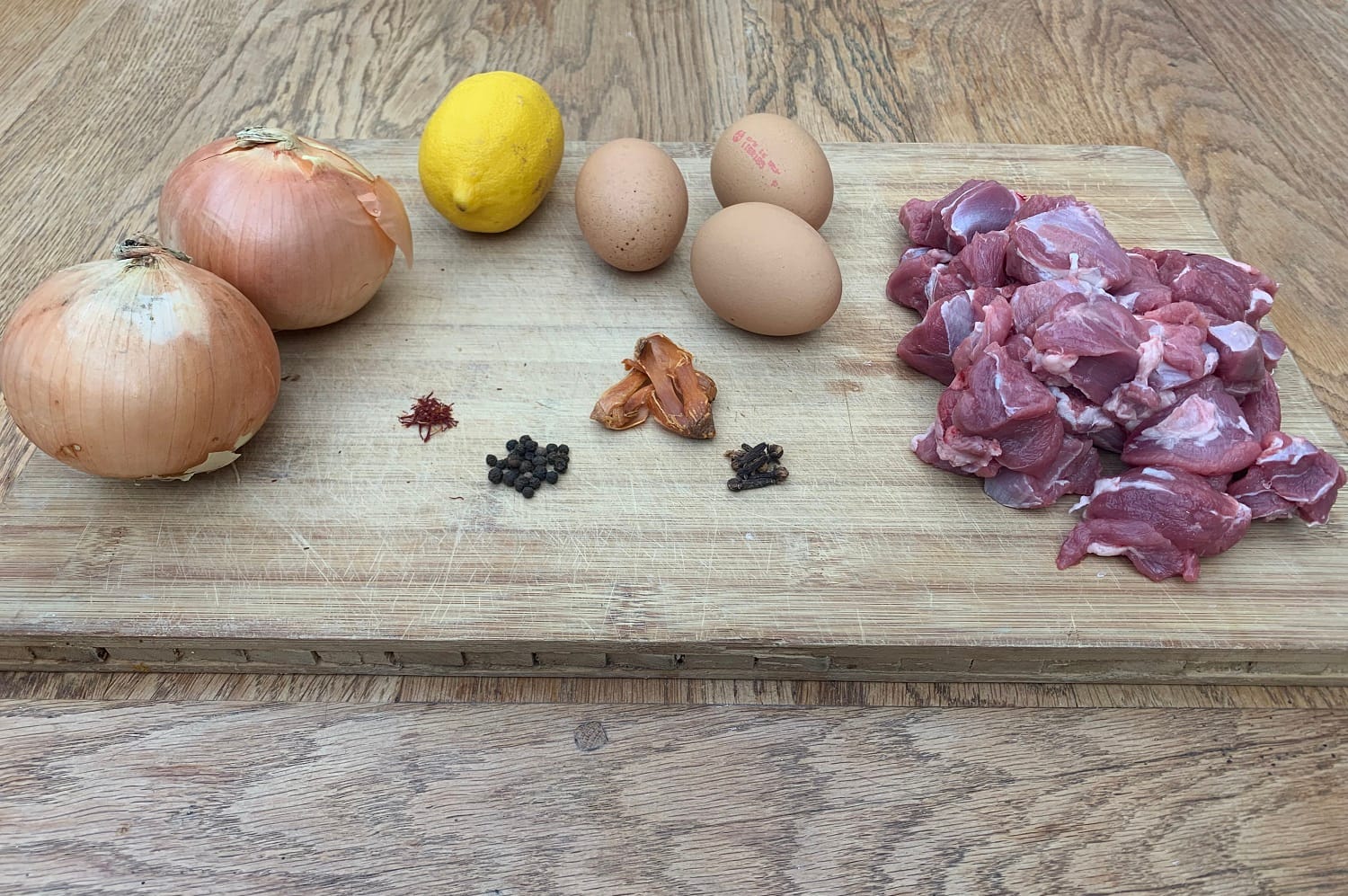What’s the best way to tell area residents about plans for a new asylum shelter nearby?
The government should tell communities directly about plans for new asylum shelters, some activists and politicians say.
To start with “take veel other[wise] motoun and smyte it to gobettes”, an early version of this lamb recipe says.

In 1147, the Cistercian order founded Bective Abbey in the Boyne Valley in County Meath, just 6.6km north of Trim. Around the abbey was an established farming community and rich agricultural land.
Strategically, it was close to a fording point that crossed the River Boyne. In all, it was a well-chosen site to build this daughter house of Mellifont Abbey, Co. Louth.
The history of Bective Abbey includes an intriguing tale. Legend has it that in 1217 the abbot was charged with imprisoning a man in a tree stump, causing his death. While the legend is short on detail, logically it must have been in a hollow stump that the poor man was imprisoned – if indeed it happened at all. It is a rare reference to any act of aggression by a Cistercian monk, so it perhaps needs to be taken with a pinch of salt.
The Cistercians were one of the first Continental orders to arrive in Ireland from France. With them, they brought excellence both in architecture and agriculture. They built impressive abbeys throughout the country and set up “model farms”, also known as granges. Granges were independent monastic farms that supplied the mother house – in this case Bective Abbey – with agricultural products, which were then processed within the abbey precincts.
Bective Abbey underwent extensive excavations from 2009 to 2012. The findings made a major contribution to Irish medieval agricultural studies – not least through the vast piles of mammal, bird, and fish bones that were recovered.
After excavation, a specialist in bone analysis examined the remains to see which animal, or animals, they came from. Cows are often the dominant remains, followed by sheep or goat, and pig. In this case, sheep or goat were the most common followed by cows, then pigs. Sheep is the focus of this month’s recipe.
It’s impossible for a specialist zooarchaeologist to distinguish between sheep and goat bones. Information from medieval documents clearly indicates that sheep were commonly reared in Ireland. But there’s little mention of goat.
At Bective Abbey proportions of sheep were higher than at other similar sites, indicating the Cistercians’ preference for the meat of sheep above cows and pigs. This is further supported by evidence that the sheep were slaughtered young, signifying the need for meat was more important than the need for wool.

When it came to cooking mutton or lamb, the medieval cook would pre-cook the meat before turning it into a richly flavoured pottage or stew. This they would do by roasting, frying, or boiling the meat. Cooks would use this meat, topped up with other ingredients, to rustle up a hearty dish.
Pottages, such as this month’s recipe, were thickened in a few ways, and usually at the final stages of cooking: with rice flour, oatmeal, breadcrumbs, amydon, or egg yolks. Verjuice, a popular medieval ingredient, was made from the juice of unripe grapes. Lemon juice is a good substitute nowadays.
This month’s recipe is for a lamb pottage known as “muntelate” or “mounchelet”. A fourteenth-century recipe for this dish was written: “Take veel other[wise] motoun and smyte it to gobettes. Seeth it in gode broth; cast thereto erbes yhewe gode won, and a quantite of aynouns minced, powdour fort and safroun, and alye it with ayren and various: but let it not seeth after” (Curye on Inglysch, IV. 18).
Ingredients
Method
Put the meat in a saucepan, cover with water. Bring to the boil, reduce the heat and simmer for 1 hour.
Add the chopped onions, pepper, cloves, mace and saffron, and cook for a further 30 minutes, until the meat is tender.
Beat the egg yolks, add the lemon juice to them. Remove the pottage from the heat, pour in the egg and lemon juice, mix well and serve.